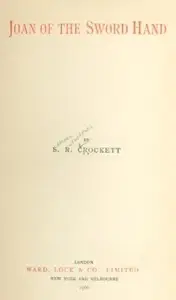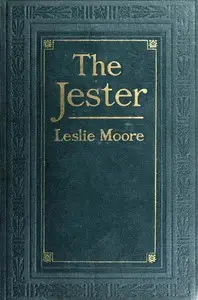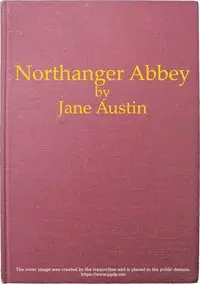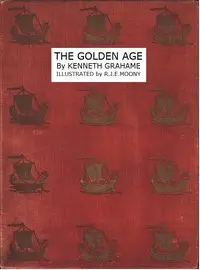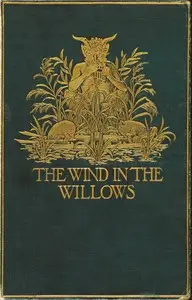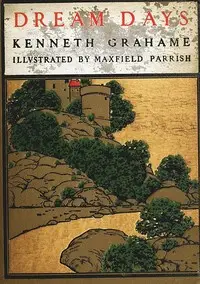"The Headswoman" by Kenneth Grahame is a story set in a medieval town, where a young woman named Jeanne inherits the unusual job of executioner, and the book looks at how she challenges what society expects of her to pursue her ambitions and find her own way. Jeanne decides to become the town's executioner after her father dies and faces struggles as she tries to prove herself in a role that's not typically held by women, while she also tries to balance her duties as an executioner with her personal life. Her life takes an interesting turn when she meets a nobleman, and their connection leads to an unlikely love story that makes them both question who they are and what they want. As the main character navigates her complicated situation, the story blends humor to show what it was like for women in a world dominated by men.

The Headswoman
By Kenneth Grahame
In a medieval tale, the life of a headswoman collides with a nobleman, sparking an unlikely romance, as the headswoman balances her unique profession with societal expectations and personal desires.
Summary
About the AuthorKenneth Grahame was a British writer. He is best remembered for the classic of children's literature The Wind in the Willows (1908). Scottish by birth, he spent most of his childhood with his grandmother in England, following the death of his mother and his father's inability to look after the children. After attending St Edward's School in Oxford, his ambition to attend university was thwarted and he joined the Bank of England, where he had a successful career. Before writing The Wind in the Willows, he published three other books: Pagan Papers (1893), The Golden Age (1895), and Dream Days (1898).
Kenneth Grahame was a British writer. He is best remembered for the classic of children's literature The Wind in the Willows (1908). Scottish by birth, he spent most of his childhood with his grandmother in England, following the death of his mother and his father's inability to look after the children. After attending St Edward's School in Oxford, his ambition to attend university was thwarted and he joined the Bank of England, where he had a successful career. Before writing The Wind in the Willows, he published three other books: Pagan Papers (1893), The Golden Age (1895), and Dream Days (1898).



